
Great art is, by necessity, innovative and adaptable. It breaks rules, defies logic, and
twists about in ways that we never saw coming. The photography of Miroslav Tichý takes everything we thought we knew about photography and turns it on its head, giving us a catalog of work that is at once carelessly incomplete and remarkably full. Where most photographers treat their work with gentle hands, Tichý threw his in corners, burned it for warmth, stacked it in piles and let it succumb to the elements. But today enough of it remains that we can still catch a glimpse inside the mind of this brilliantly eccentric artist.
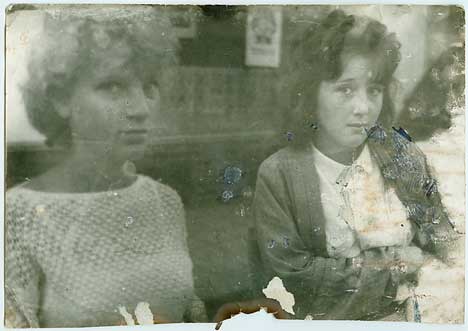
MT Inv. no.: 7-(3-)6, courtesy of Foundation Tichy Ocean
Miroslav Tichý was born in 1926 into a turbulent Czechoslovakia. He studied art at the Academy of Arts in Prague and was thought of as a talented painter, but he grew frustrated when the academy stopped providing nude models for his paintings. He dropped out and became isolated, with mental illness and a harsh government both working to squelch his creativity. By the late 1950s he was no longer painting. In 1972, after being institutionalized, the artist’s studio was taken away.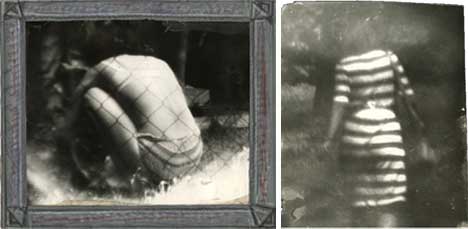
MT Inv. no.: 1-35 and 1-41, courtesy of Foundation Tichy Ocean
After turning his back on the art world, however, Tichý would find a new passion: his own unique blend of photography and drawing. He set out with homemade cameras, often fashioned from discarded materials like cardboard toilet paper tubes, tapes and eyeglasses – and he took photographs of unsuspecting women. He printed the photographs himself with a homemade enlarger, and often embellished them by drawing directly on them with pencil or giving them carefully-constructed paper frames bearing hand-drawn decorations.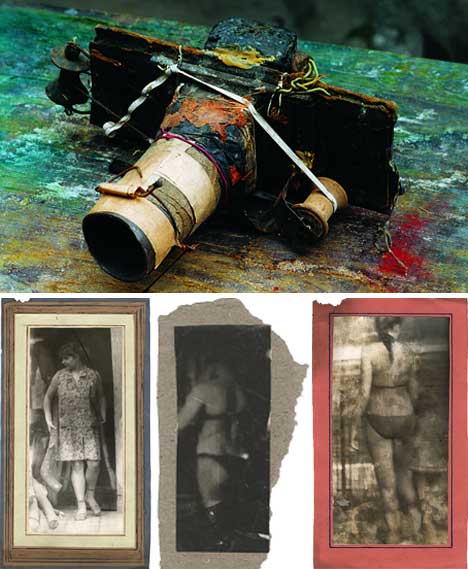
MT Inv. no.: OT-244, 3-(8-)23, 2-192, and 3-(8-)22 courtesy of Foundation Tichy Ocean
Tichý’s work is voyeuristic on the surface; he documented the beauty that he saw in Communist Czechoslovakia, embodied in women he saw on the streets. The women tolerated his presence, largely because they didn’t believe the homemade cameras he pointed at them were real. But the images he created of them show the careful artist’s soul that has always resided in the sometimes-unkempt body.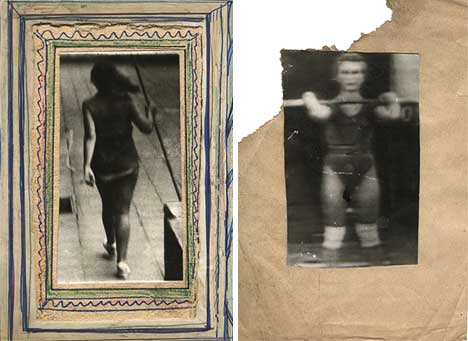
MT Inv. no.: 4-1 and 2-250, courtesy of Foundation Tichy Ocean
The blurry, oddly-framed photographs were exceptionally subversive for their time; long before the Velvet Revolution, artists and students were creating works that exemplified their desires for freedom of expression. Tichý created images that are dream-like but gritty, utterly personal and a little creepy, but deliberate and almost documentary-like in nature. The artist not only admired the forms of these women; he identified with their conspiratorial whispers and giggling confessions to one another.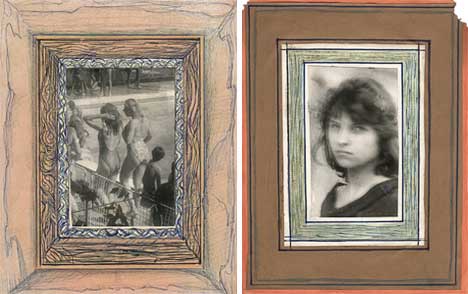
MT Inv. no.: 3-(8-)15 and 3-(8-)24, courtesy of Foundation Tichy Ocean
Miroslav Tichý is now in his 80s and confronting international attention to his work for the first time ever. For many years his photographs simply lay about, scattered carelessly on the floor and any available surface, until friend and neighbor Roman Buxbaum rescued the body of work. Buxbaum promoted the artist’s work and directed the documentary that is now being shown alongside Tichý’s photographs.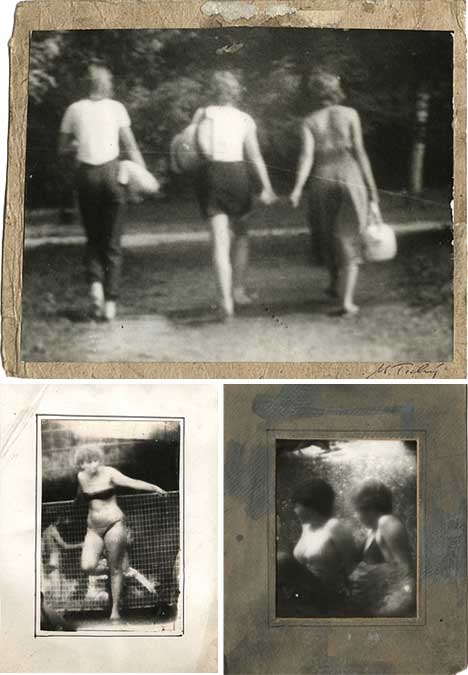
MT Inv. no.: 1-30, 2-232 and 1-32, courtesy of Foundation Tichy Ocean
It would be simple to dismiss this man’s work as the perverted photographs of a lecherous old man, but there is so much more to these pictures of the female form. The deliberate shunning of modern photographic equipment, the secret nature of his snapshots, the complete isolation in which Tichý created his prints and the obscene indifference he showed to his work all contribute to the air of mystery surrounding the body of work.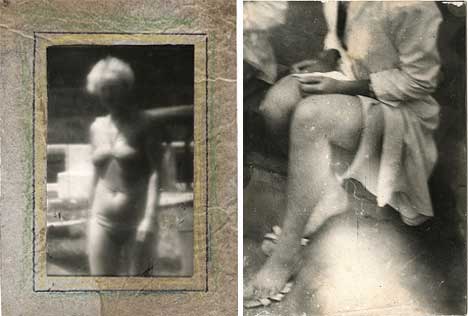
MT Inv. no.: 3-(8-)27 and 4-(3-)267, courtesy of Foundation Tichy Ocean
Although created with primitive equipment and tossed about for decades like worthless scraps, these photographs all share a strikingly modern beauty. Their folds, rips and stains only add to the suggestion of outsider art. But this trained artist is far from being an outsider; his work is now being admired by people all around the world.
MT Inv. no.: 1-17 and 3-(8-)35, courtesy of Foundation Tichy Ocean
The first show of Tichý’s photography was in the 2004 Seville Biennial. Since then, these beautiful (if slightly disturbing) photographs have been exhibited in shows across the globe. And while it may be difficult to reconcile one’s attraction to these subversive images with the feeling that these women have been somehow violated, it’s important to know that, in the hands of this fascinating artist, the beauty of these impromptu models was never taken for granted.All photographs used with permission from Foundation Tichy Ocean.
You have read this article with the title Czech Photographer’s Controversial Subversive Art. You can bookmark this page URL http://tiffanyeatworld.blogspot.com/2011/02/czech-photographers-controversial.html. Thanks!










